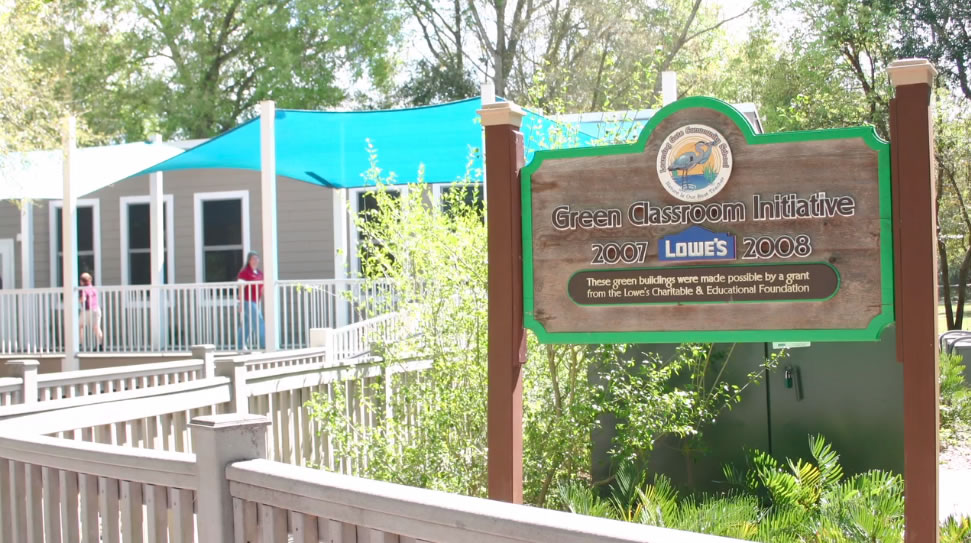One Floridian uses the same amount of water in one day, as an average person living in Mozambique, Africa, would in 88 days: 176 gallons, according to the Orlando Sentinel.
The St. Johns River Water Management District reports that 58 percent of that water goes to outdoor needs – the worst offender being irrigation.
While some homeowner associations may not permit it, there are other ways to create a lush, beautiful lawn that will not only be visually appealing but also save money and water.
The most common turfgrass for residential areas in north central Florida is St. Augustine grass; however, it can come at a cost with higher fertilizing and watering demands than other types of turfgrass, Floyd Gainey of Soil-Enrichment Products said. Gainey recommends Centipede grass instead of St. Augustine grass.
Most common in the Florida panhandle, Centipedegrass doesn’t grow quickly, requiring less mowing, and is drought and shade tolerant. This grass variety also does well in acidic or infertile soils, according to the University of Florida’s Institute of Food and Agriculture Sciences extension.
Gainey stresses amending your soil before planting any type of plant. Amending includes anything that adds nutrients to the soil and locks in moisture. Not amending soil before planting is like “buying a steak and throwing it in the refrigerator and never cooking it,” Gainey said.
Using organic matter from composting also provides a more nutrient rich soil that will help reduce irrigation needs, because the organic matter holds more moisture than soil lacking either nutrients or organic matter, Joe Floyd of Abundant Edible Landscapes said.
Florida Friendly Landscaping strives to help create residential and business landscaping behaviors and techniques that instill the use of low-maintenance plants and sustainable living.
A typical yard in the program minimizes the use of potable water for irrigation, avoids runoff of excess fertilizers and pesticides from the yard and provides habitat for wildlife. There are nine principles of FFL. The eighth principle—reduce storm water runoff—includes using rain gardens instead of turfgrass, another method to creating alternative lawns.
Rain gardens are shallow areas that have grasses (not turfgrass) and plants that catch rain, allowing it to sink into the ground to replenish the Floridan Aquifer, Florida’s main water source. Mulch or stones are used as groundcover, but any porous surface can be used to allow rainwater to seep into the ground, instead of storm water drains. FFL recommends the use of bricks, gravel, turf block, mulch, pervious concrete or other porous surface when possible to allow water to drain into the ground.
The number one principle of FFL is “right plant, right place.” This principle constitutes acknowledging what areas in your yard are adequate or lacking elements such as soil type, watering needs, shade or sun, and acidity. This principle is best put into practice by carefully planning a landscape. More information on how to pick the right plant for the right place can be found on the FFL website.
